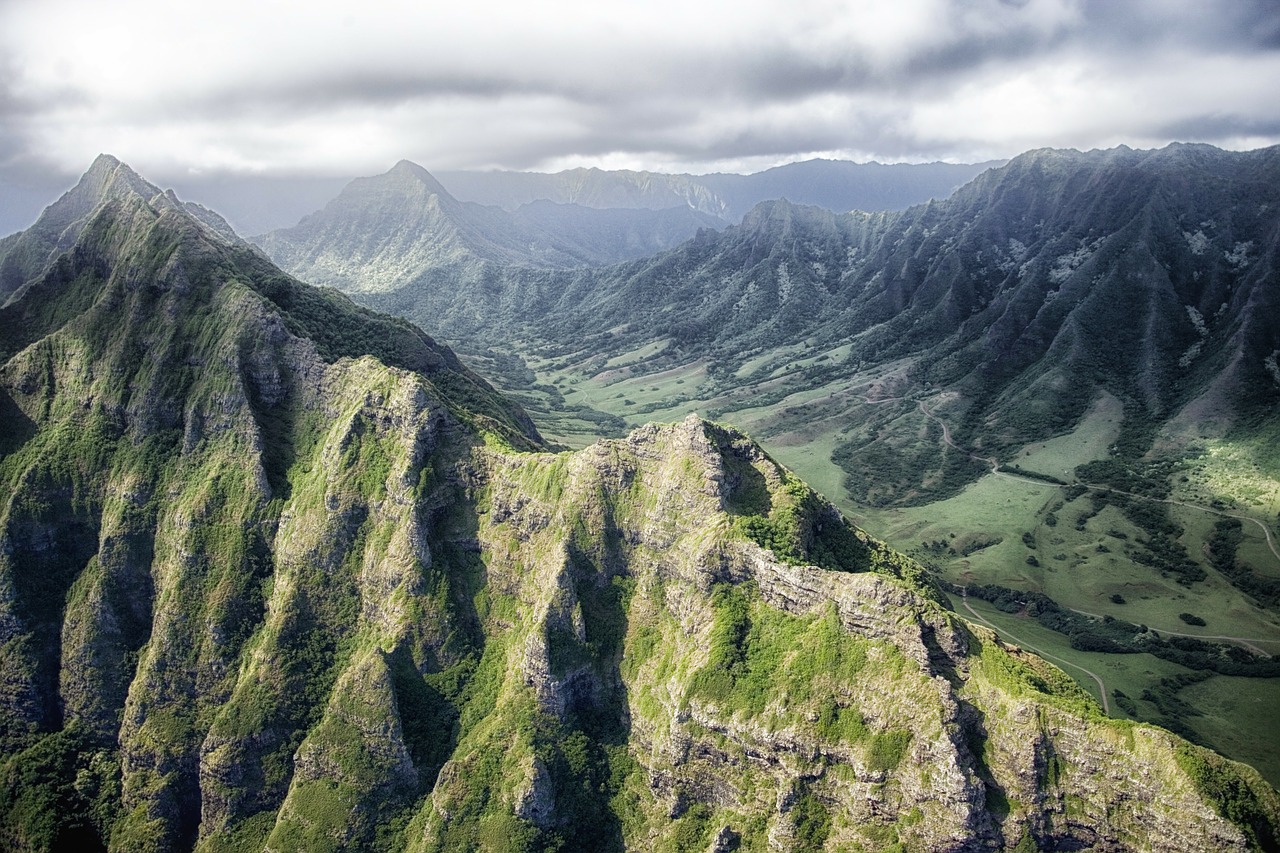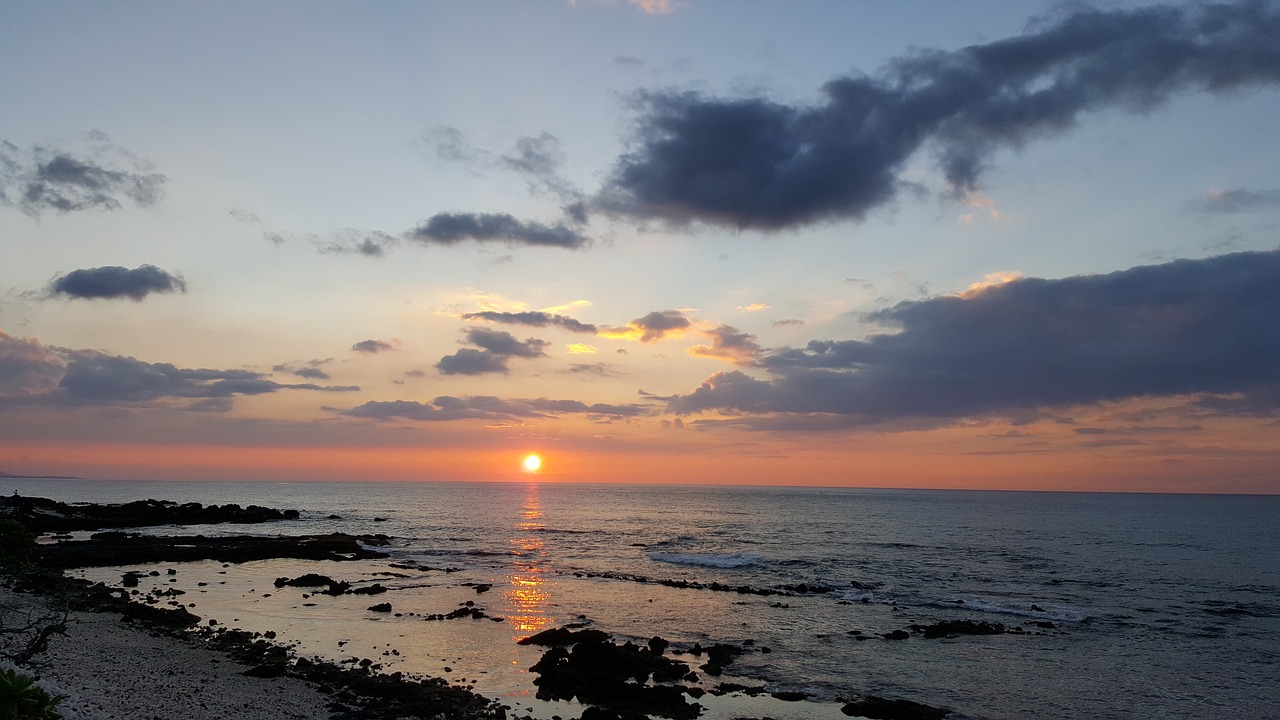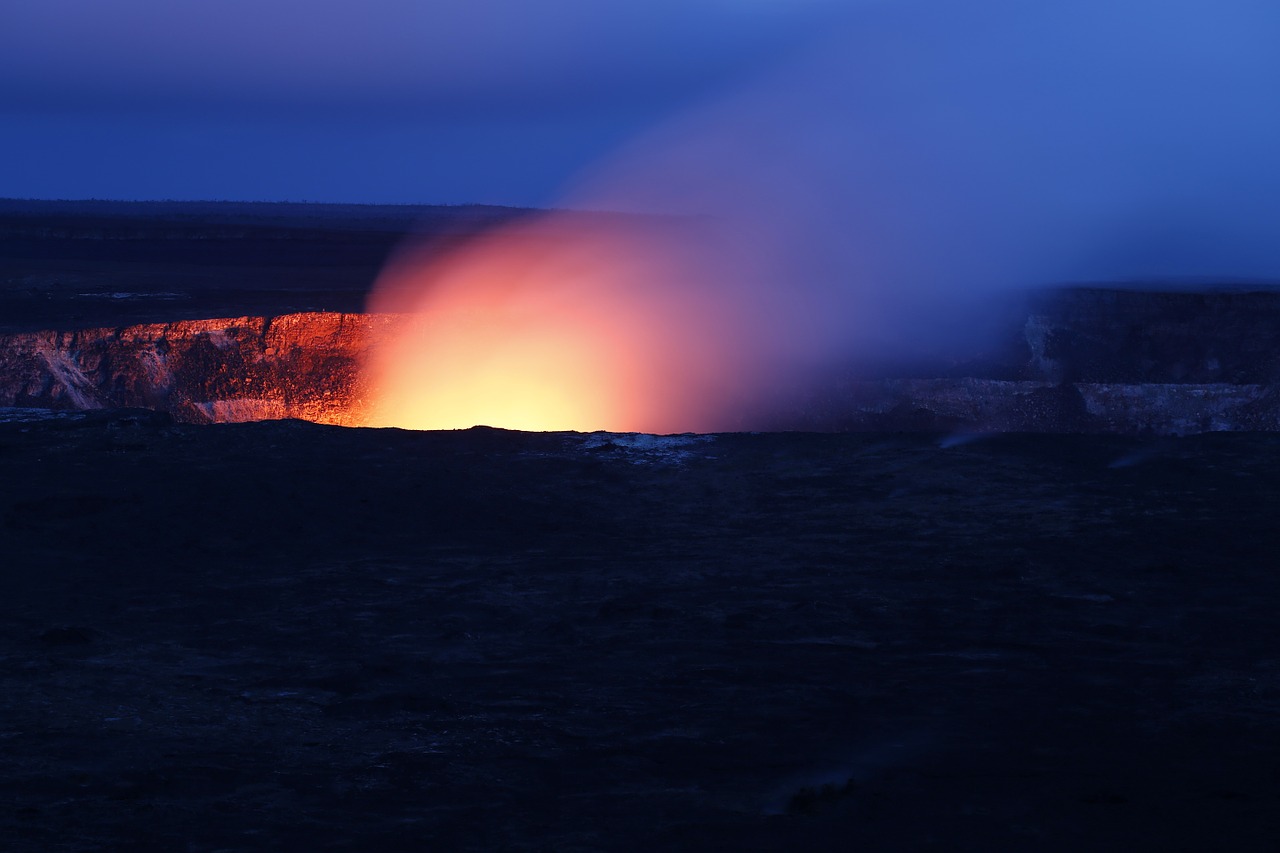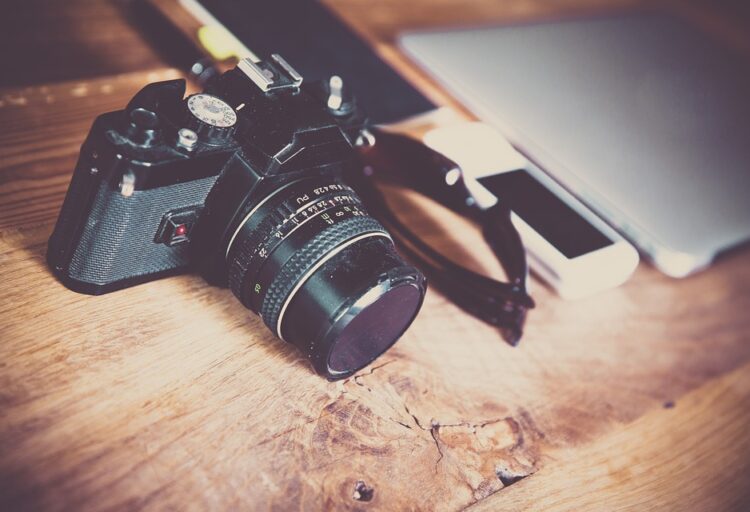Hawaii is not just one of the top places to visit in the US, it is one of the most sought-after destinations in the whole world. Attracting at least 8 million visits per year with their year-round warm weather, a one-of-a-kind glimpse of island culture and tradition, and a breathtaking diverse scenery. This is the reason why a lot of travellers pull out the stops when taking a Hawaiian vacation. Treating themselves only to big island vacation rentals and making sure they get to experience everything that the Oceanic island offers.
But a simple Google search or reading countless flyers will not completely ready you for what you can experience on the island. To truly maximise your travels there, here are some of the things first-time travellers need to know before making your way to Hawaii.
Not all Hawaiians are Hawaiian
It is only natural to use the name of a place to refer to the natives, and you can do this for most states or countries. However, it is not the case for Hawaii. Only 10% of the state’s population are actually of Hawaiian descent, the majority of them are of non-Hawaiian ancestry, even those who were born there. To be more safe and respectful, always refer to them as “locals” and not as anything else. But if you know the ancestry of the person you are talking to, refer to them by that.
You should learn lei etiquette
Everyone knows what a lei looks like — a floral garland handed to people to welcome them. But do you know that there is a right and wrong way of giving and receiving a lei? Lei etiquette is a serious matter in Hawaii mainly because it is one of the ways they can show respect to their visitors. So here are a couple of things you should know about lei manners:
- You should let the greeter put the garland around you. Never take the garland and put it over your own head.
- When giving a lei, make sure that it is draped across the shoulders than leave it hanging around the neck.
- Never refuse a lei. It is a welcoming gift, and it may be offensive to say no to getting one.
- It is okay to wear a lei more than once, and it does not have to be worn for a special occasion.
- When you say your lei starting to wilt, do not throw it away. If you are at home, you can place this in the garden and leave it there to “return back to the earth.” However, if you are still in a hotel, ask the staff to put it in the garden for you and make sure that they do.
Aloha is more than just a greeting
Cheesy as this may sound, but you should understand that aloha is a way of life in Hawaii. It is an attitude that is associated with living simply, being compassionate, and exuding a warm and friendly vibe. This is why upon arrival, all that will greet you are welcoming smiles and nothing but the greatest hospitality. It would be much appreciated if you can reciprocate this by imbibing the aloha spirit in all the things that you will do during your trip. Show genuine interest in the island way of life, their culture, and their lifestyle. You will be far more relaxed during and after your Hawaiian vacation, for sure.
Learn about how locals give directions
Especially if you plan on going on a road trip during your stay, it is important to know how the locals talk about the directions. Most do not simply say “turn left” or “go straight ahead”, the locals have terms that they use regularly:
- Windward – the wet side of the islands
- Kai – refers to a place near the ocean
- Leeward – the dry side of the islands
- Mauna – refers to a place near the mountains
When in doubt, always tag a guide along with you. While it is easy to figure out where the leeward and windward directions are, your guide will know which side of the island is considered the wet side and which one is the dry side.
Do not be spooked out about all that lava
There are eight main islands in Hawaii, all of which were formed because of volcanic activity. The undersea magma that started this is called the Hawaii hotspot and it is actually still continually creating islands and volcanoes. For this reason, you would be able to find new volcanoes, especially in the southern part of Hawaii. But you can take not of five volcanoes on your visit, three of which are still active. These are Loihi, Mauna Loa (an inactive volcano for many years), Hualalai, Haleakala, Kilauea (the largest and most active volcano, erupting since 1983). You will be able to catch a glimpse of the volcanoes at the Hawaii Volcanoes National Park or through a lava tour. As a tip, try to catch a boat tour rather than the helicopter tour, watching the lava flow into the sea is such a beautiful sight to see.
Walking on Mauna Loa is like walking on the moon
Astronauts in the 1960s have used Mauna Loa’s cooled and hardened lava fields to train for walking on the moon. The lava deposits have already turned to powder that resembles lunar dust the most. So after your volcano trip, and if you are allowed to do it,(and if NASA is not there), you can test it out and experience walking on the moon at Mauna Loa.
Hawaii is truly more than just its beautiful beaches and delectable seafood dishes. It is about the importance of allowing nature to take its own course, of imbibing a way of life that does not just focus on hospitality and warmth, but also one that allows visitors to appreciate the local culture.








Leave a Reply